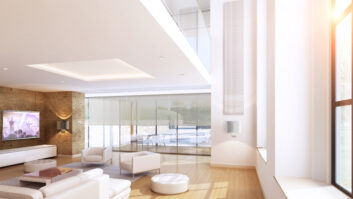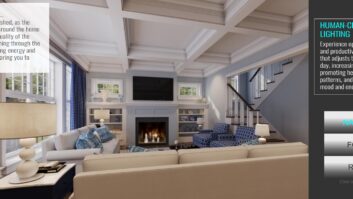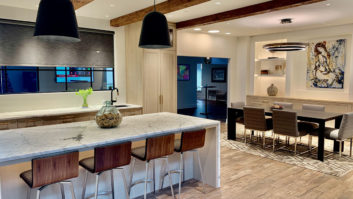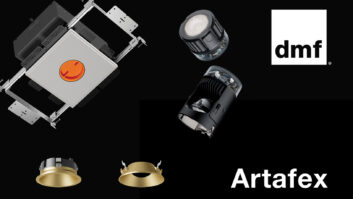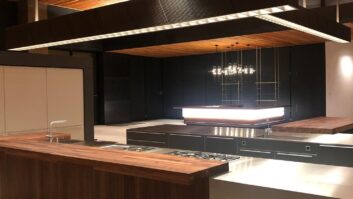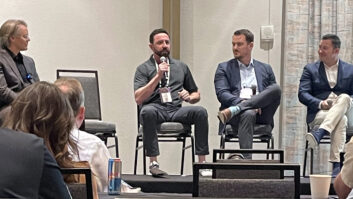It wasn’t so long ago that the biggest issue in dealing with LED lighting was its poor dimming capabilities. The current wave of LED bulbs has solved that problem, and in doing so has greatly increased the versatility of light they can provide, upping the ante to millions of color possibilities. For custom dealers who also do lighting, this broad palette adds another layer of complexity to lighting design, which is not easy to begin with.
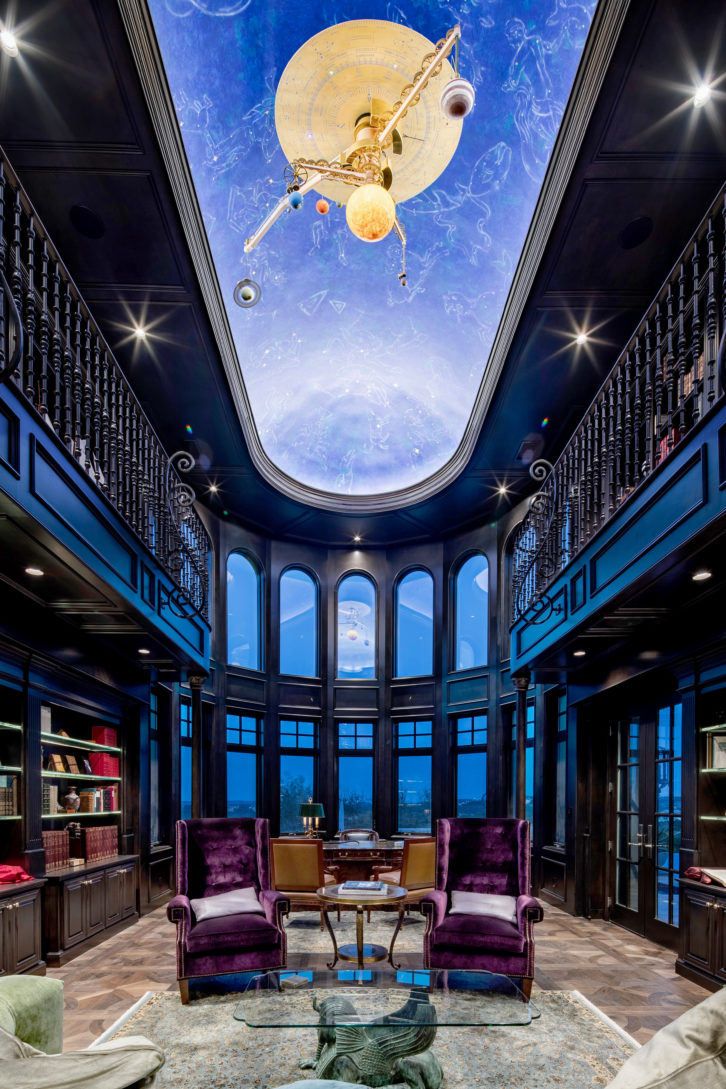
Chris Pearson, founder and president of Service Tech in Cedar Park, TX, was an early adopter of lighting in the CI industry, and has successfully navigated its evolution. “We’ve been in the Lutron control side of it for 15 years, and the shades followed that for about 10 years now,” he says. “In the last six years we’ve gotten into actual fixtures and design — we’ve come full circle. The way we see it, if you’re going to make us responsible to dim an area, then we might as well be responsible for the fixtures, too. That way, it’s one throat to choke.”

And while it may seem a leap from dimming to programming different brightness, intensity, and hues throughout the day, for Service Tech, it was a natural progression. “Once we fine-tuned the balance of the different layers and types of lighting in a space, that turned into the human side of it, introducing saturated colors into those areas depending on the mood or time of day. If a client likes a certain color, like blue or red, we might start with those colors, sharper and brighter earlier in the day so they’re more energized, and then warm them up while dimming the intensity for later in the evening to set a mood,” says Pearson. “During the day, the household areas may be set to about 3500 to 4000 Kelvin for daily household tasks, but as the day winds down those areas start warming up to 3000 or 2700 Kelvin — maybe even all the way down to 2000, depending on the mood.
Related: The Art of Lighting Design
“It starts off as a novelty in that conversation, but then you introduce the client to it and they go, ‘Whoa, I didn’t realize how I would feel when I saw the outside color temperature match the inside color temperature,’ because it’s really not something you can describe. It’s something you have to experience. Luckily, we’ve had several clients that trusted us and incorporated that in their lighting design. We also have the ability to demonstrate it, whether it’s our office or Ketra’s headquarters here in Austin.”
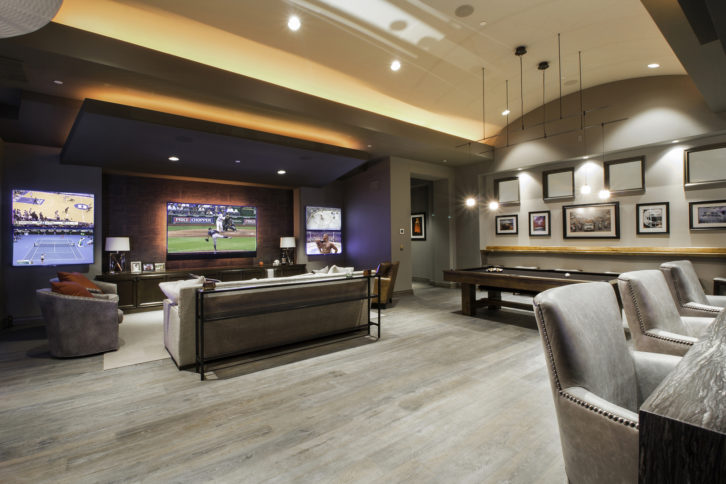
Circadian Rhythms
A highly promoted part of human-centric lighting is circadian rhythm, which is when the interior color-changing lights are synchronized with the naturally occurring color temperature of the sky throughout the day. In commercial properties, lighting that follows circadian rhythms has shown to have a positive effect on the employees, and is part of the WELL Building Standard. Though not yet clinically proven to improve home wellness, natural lighting indoors has many proponents, and has become increasingly important as people continue to shelter in their homes due to the pandemic.
However, as Pearson explains, it isn’t rigidly adhering to what is going on outside — especially in the all-too-short days of winter. “You definitely have to balance it throughout the year because your sunset in summer is 9:00 PM and in winter it is closer to 5:00 PM,” he says. “You have to take that into consideration with keeping yourself energized toward the end of the day, but still tapering off.
“The astronomical clock plays a role in the design of the scene, but you have to help the client be productive for the time that they need to be productive. Keeping the blues in the morning and the reds in the evening is definitely a real thing.
“When you wake up, you want that burst. And it’s not just color temperature — it’s intensity. You might have a 90 percent intensity on a brighter blue, and as you go throughout the day, it starts to dip into a 60, 50, 40 percent intensity while you’re introducing more reds — 3000 K, 2700 K, and so forth, probably not going below a 2700 until after sunset.”
And the discrepancies between nature and real-life don’t end at seasons — what about weekends?
“Your circadian rhythm is going to be different Monday through Friday than it is on Saturday and Sunday,” says Pearson. “Monday can be set to jolt you up so you can get back into the rhythm of the week; Tuesday through Friday can be less intense. But try not to overthink these things and make it too complicated. Less is more with this.
“With clients, I say that I’m going to start you off with circadian rhythm — a light blue to a red throughout the day, high intensity, then low intensity. But then we’re going to also incorporate how you actually live, and that’s where I introduce your Saturday, Sunday, even your Friday night. Even though we’re dealing with circadian blues and reds during the day, we can have an evening of ambers or magentas, pinks, and purples. It’s a balance of circadian and how the user wants to experience color.”
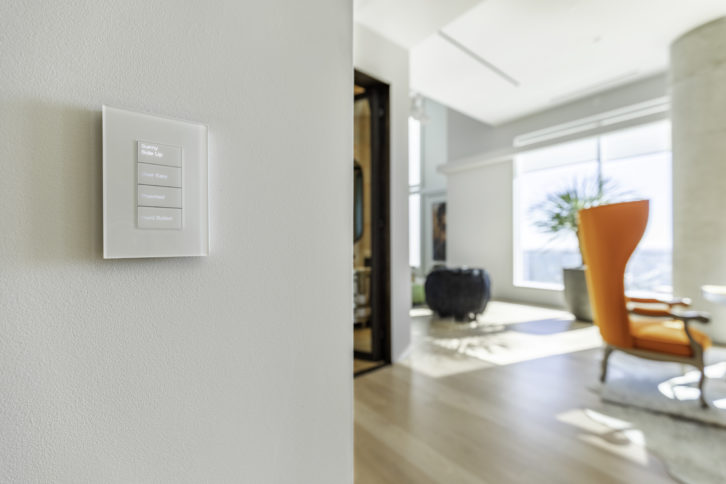
Working with Trades
As those of you who work in lighting can attest, it is already an area filled with many cooks — architects, interior designers, lighting designers, electricians, and you. Adding the ability to mix colors, brightness, and intensity with lighting is a sure way to step on toes.
“I would say 90-plus percent of our jobs have an interior designer, and at least 50 percent have a lighting designer,” says Pearson. “From the architect’s perspective, you have to have a demo kit — find a room with no windows and bring them through what a 1 percent dimming range is compared to a 0.1 percent. Then I have to be able to translate that with the cost of the fixtures. I can’t just introduce an idea and not have a value behind it. It is no different than the person filling a room with audio — the different ceiling heights, the volumes, the levels — it’s the same for lighting. I’ve been successful with showing our experience and being able to back it up with dollars.
“And you can’t just cut off the electrician. You have to become the distributor to the electrician so there’s a partnership, because if you cut people out, they’re going to figure out a way to cut you out. You have to engage with the trades that are already on the project and figure out a win-win for all.”
It takes time and effort to develop those relationships, but, once you do it will lead to earlier access and perhaps even more work. “We’ve got six people in our lighting division,” adds Pearson. “We’ll draft the spaces and look at how the lights are being chosen and being placed, looking for pitfalls. You don’t learn it in Day One, and the architects and interior designers will realize that, but once you get a good rhythm you will get brought in earlier to each project. And then you’ll get, ‘Oh, by the way, do you also do AV?’”
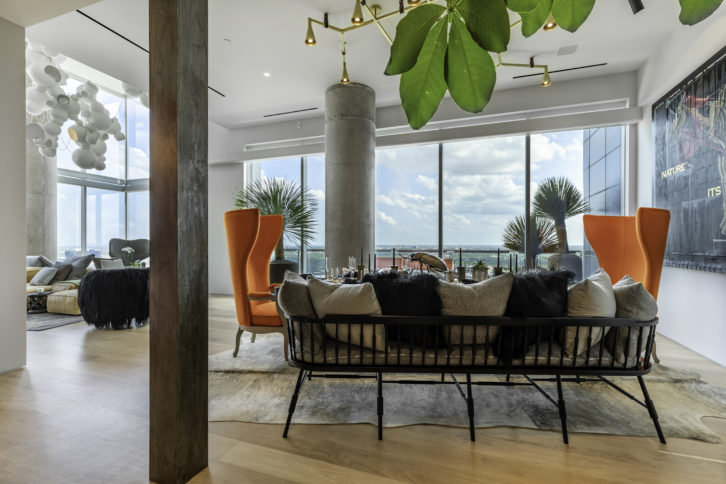
Working with Clients
Getting the lighting cycle right gives Service Tech plenty of face time with their customers. They will go back to homes at night to get the evening scene set up right. They will work with clients to maximize their wellness and productivity, and, eventually, give them the ability to control it themselves. With millions of options available to them, that part might sound scary, but, as Pearson relates, it is necessary.
“Again, less is more,” he says. “Start slow because otherwise you’re just throwing them into a big lab rat experiment and saying, ‘This is the laboratory that you should be comfortable in.’ It’s too much. We will start with dimming and give them some scenes. Then we’ll come back and do night scenes, and, from there, give them scenes plus color. That gets them dialed in.
“I teach clients how to make simple adjustments. I’ve found that clients do not like to be handcuffed to their integration partner, even though we have a 24/7 hotline and we can do all white glove service. The more you can teach them, the more they appreciate what goes into the process when I do those night scenes. It’s all within the Lutron app, and I have them do some edits. Most are surprised by how easy it is.”
Related: A practical guide to adding lighting to your offered services.
Getting Started in Human-Centric Lighting
Service Tech is a member of HTSA, and Pearson took all the classes they offered on lighting. But there are many other training options available. “Take classes— Lutron Ketra, the Lighting Association, USAI, DMF — there’re all of these resources out there,” says Pearson. “You can’t fake it. We bring in fixtures all the time and play with them onsite. We show them to clients; the demo is key. We don’t have an experience center, so we buy into the manufacturers’ demo kits.
“We used to start with AV, but my passion and my team’s passion is way more on the lighting and shades now. The automation and the audio-video packages are a lot of fun, and we do a ton of it. But if you do the whole package — lights, colors, motorized window treatments, sound — you can really complete the mood, and that’s when they refer you. You can finally do all that and not just say, ‘Here’s some cool AV.’”
